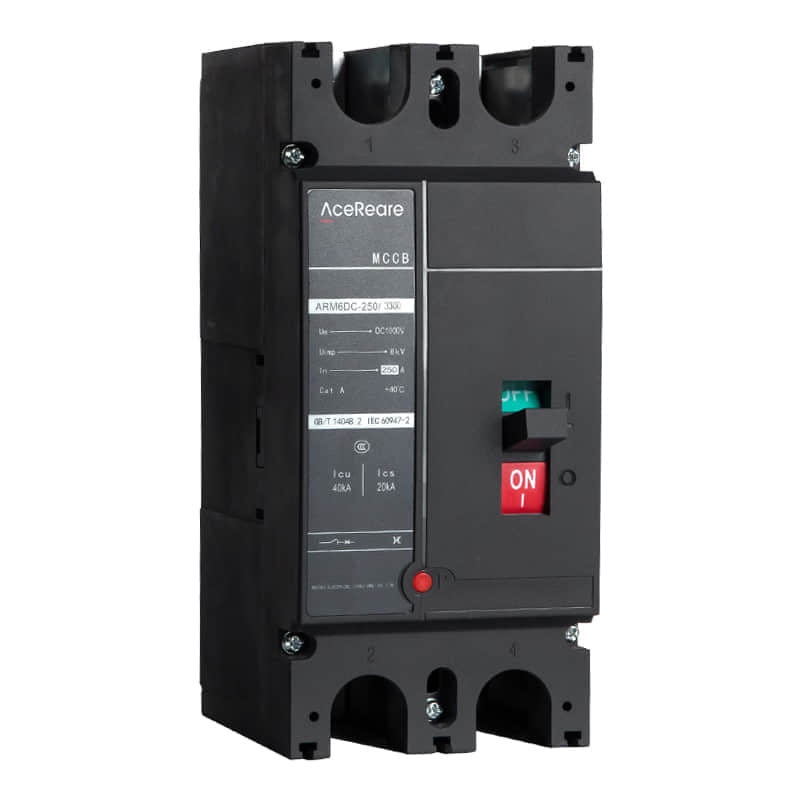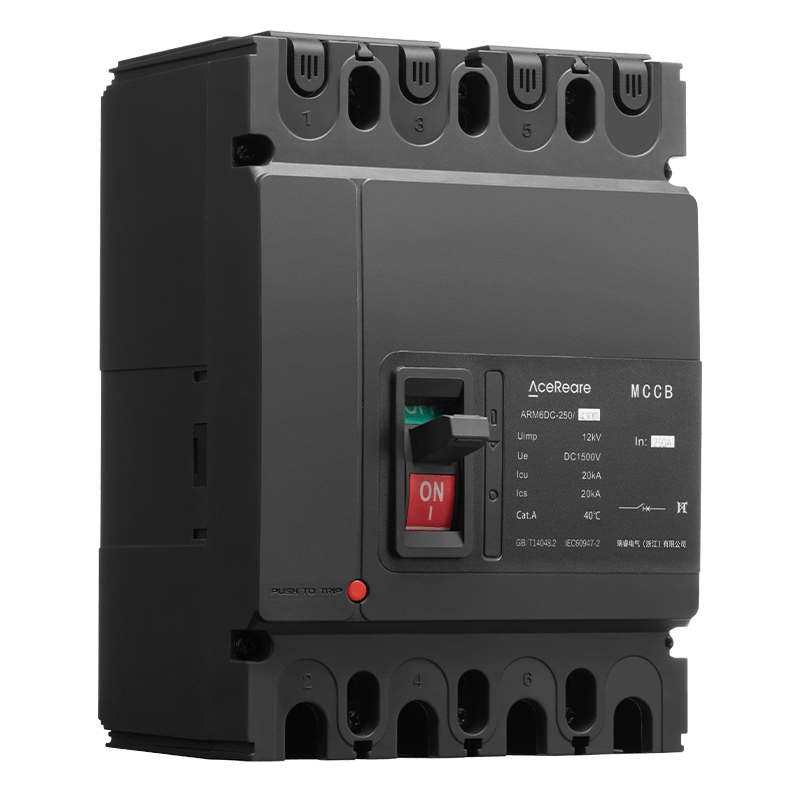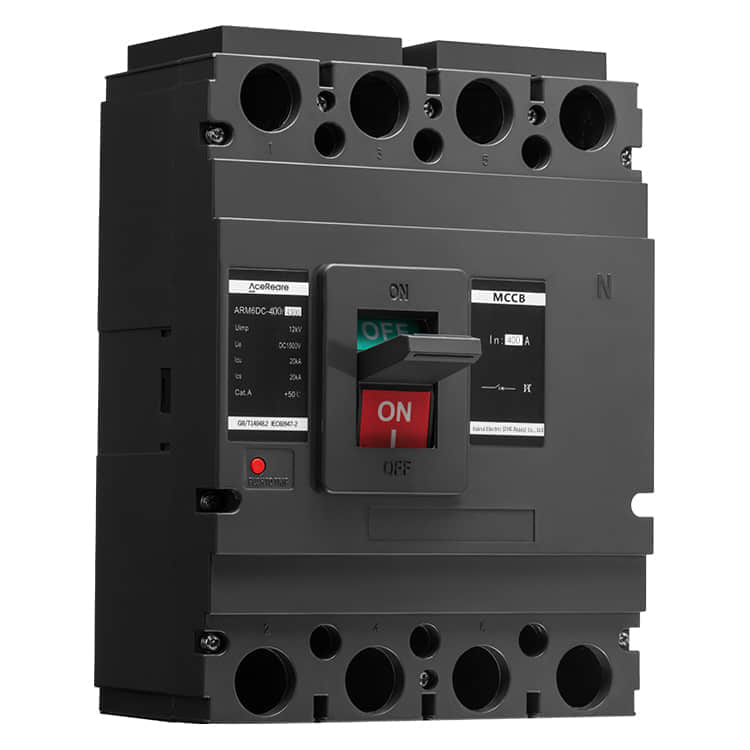In recent years, the rapid expansion of solar energy systems has brought about a growing need for cutting-edge technologies that enhance both safety and efficiency. One such innovation is the Photovoltaic Molded Case Circuit Breaker (PV MCCB), a crucial component in solar power installations. This article delves into the significance of PV MCCBs, their features, and their role in ensuring the seamless operation of photovoltaic systems.

Introduction

The escalating demand for renewable energy sources has thrust solar power into the spotlight, making it a vital player in the global energy transition. Photovoltaic systems, which convert sunlight into electricity, are now a common sight atop residential rooftops, commercial buildings, and solar farms. However, the efficient and secure functioning of these systems requires specialized components such as Photovoltaic MCCBs. The Role of Photovoltaic MCCBs A Photovoltaic MCCB is an essential safeguard that protects photovoltaic installations from overcurrents, short circuits, and other electrical faults. Its primary function is to interrupt the flow of electricity when a fault occurs, preventing potential damage to the system and ensuring the safety of personnel in proximity to the installation. Features and Innovations Modern Photovoltaic MCCBs boast a range of features designed to cater to the unique demands of solar energy systems. One of the notable features is their compatibility with direct current (DC) applications, which are characteristic of solar installations. Unlike traditional circuit breakers, PV MCCBs are engineered to handle DC currents efficiently, mitigating the risks associated with arc formation and voltage transients in DC circuits. Moreover, some advanced PV MCCBs incorporate smart technologies that enhance their monitoring and control capabilities. These smart MCCBs can communicate with supervisory control and data acquisition (SCADA) systems, providing real-time data on current levels, temperature, and operational status. This data enables operators to swiftly respond to abnormalities, optimizing system performance and minimizing downtime. Ensuring System Efficiency Photovoltaic MCCBs play a crucial role in maintaining the efficiency of solar energy systems. By promptly detecting and isolating faults, they prevent power losses that could result from unattended electrical issues. The ability to swiftly interrupt current flow reduces the impact of faults on the overall system, enhancing energy generation and system uptime. Safety First The significance of safety in photovoltaic systems cannot be overstated. Faults in electrical systems can lead to fire hazards, damage to expensive equipment, and even endanger human lives. Photovoltaic MCCBs act as a frontline defense against these potential risks. Their ability to interrupt current flow during faults contributes significantly to preventing electrical fires and other hazardous situations. Installation and Maintenance Installing and maintaining Photovoltaic MCCBs require specialized knowledge due to the unique characteristics of solar power systems. Proper installation ensures that the MCCB operates effectively and responds promptly to faults. Routine maintenance, including testing and calibration, guarantees that the MCCB retains its protective functions over time. Conclusion In the ever-expanding landscape of renewable energy, photovoltaic systems stand out as a cornerstone of sustainability. Within these systems, Photovoltaic MCCBs assume a critical role, safeguarding operations and enhancing efficiency. As the demand for solar energy continues to surge, ongoing research and innovation in PV MCCBs will further refine their features, ensuring the reliability and safety of photovoltaic installations for years to come.
